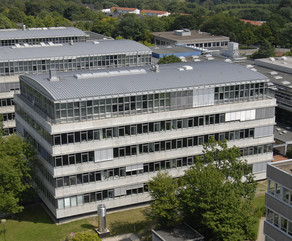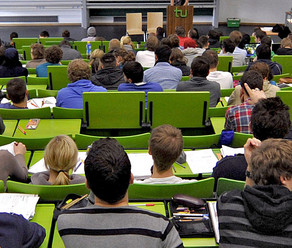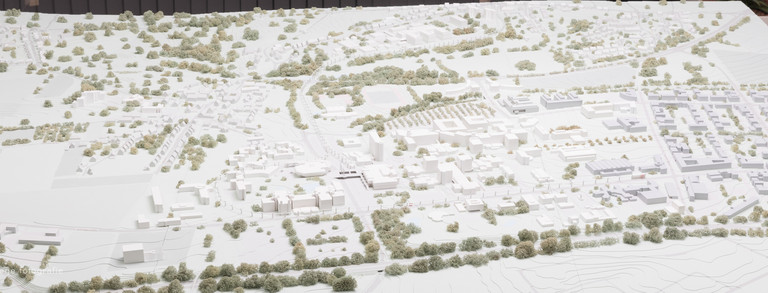Steffen Hampe: Urban Intensifiers: Revitalizing Brownfields to Generate Buzz
Extensive economic and structural changes led to the shutdowns of industrial facilities in Germany and other industrialized countries worldwide. For decades, traditional large scaled industries, such as automobile plants, steel works, and coal mines, have offered some of the most important employment opportunities for many cities and regions. This formed their character and physical environment. Several generations have been "connected" with these facilities and their correlating traditions, local cultures, and identities. However, deindustrialization processes have led to physical blanks and vacancies, as well having caused emptiness, unemployment, and depression for entire neighborhoods and cities.
Brownfields, as physical consequences of structural change processes from industrial societies to service oriented economies, are often located in the middle of residential textures and even in inner cities. On one hand, there are severe restrictions connected with these brownfields (e.g. liability issues, contamination, and bad image) but on the other hand, there are manifold and diverse opportunities, which arise from revitalizing vacant post-industrial property.
The main goal of the thesis is to discuss models and trends, which cause vitalization processes in distressed neighborhoods of post-industrial environments, and consequently have the ability to start new positive urban epidemics. The models and concepts are combined by the expression "Urban Intensifiers" that was conceived by the author.
The Urban Intensifiers are:
- New Economic Models
- The Creative Class Theory
- Michigan's Cool Cities
- The Bilbao Effect (Brandscapes)
- Urban Design Trends
- New Urbanism
- Lifestyle Centers
- Working in a Park (Campus Concept)
- Ecological Concept
- Intermediate Uses
- Industrial Nature
- Areas of Nature Experience
The thesis does not show and analyze correlations, reasons, causes and effects of post-industrial problems (including brownfields). Furthermore, it does not attempt to evaluate remediation strategies and corresponding liability issues. The thesis goes beyond that. It should be seen as a catalogue of possibilities for innovative and comprehensive brownfield revitalization activities.
The idea is that one impulse development on brownfield changes the condition of the affected neighborhood and perhaps the image of the entire city. An urban epidemic is caused by one stimulus, an urban momentum in a specific area (in this case a brownfield), which reaches out to the social and economic foundation of the surrounding areas of the city. In an ideal scenario, the generated power energizes the urban environment and stops and reverses negative post-industrial trends.
Finally, an urban design concept for a brownfield in Lansing Michigan, USA summarizes and applies key concepts from the theoretical part of the thesis, thus visualizing how to potentially revitalize a specific site.








